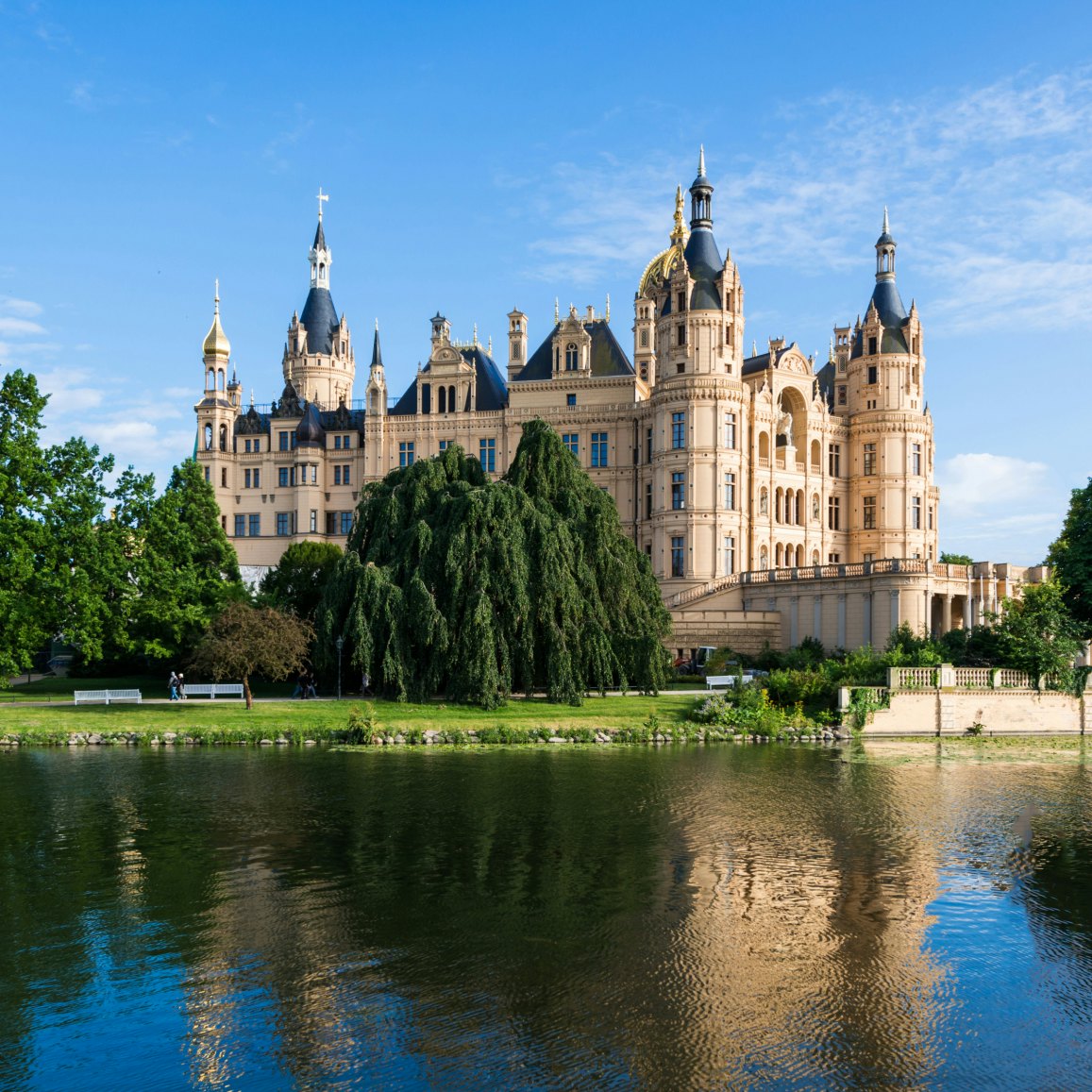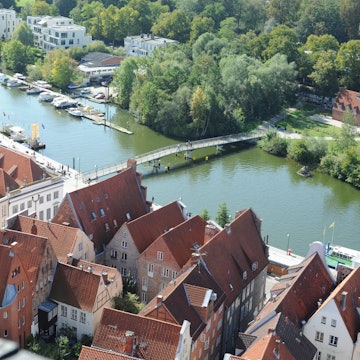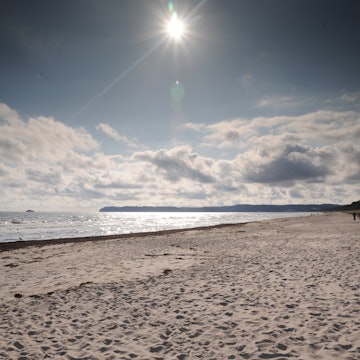
Overview
Head to Germany's north because you love the water. From the posh pleasures of Sylt in the west, to the fabled Baltic heritage of historic towns like Lübeck, Wismar, Stralsund and Greifswald, you can sense the legacy of the Hanseatic League in beautiful old quarters created with iconic black and red bricks.
Leave the planning to a local expert
Experience the real Northern Germany. Let a local expert handle the planning for you.
Must-see attractions
Planning Tools
Expert guidance to help you plan your trip
Best Things to Do
Germany’s maritime north keeps a quiet radiance under the radar, but surprises away as you explore.
Read full article






















